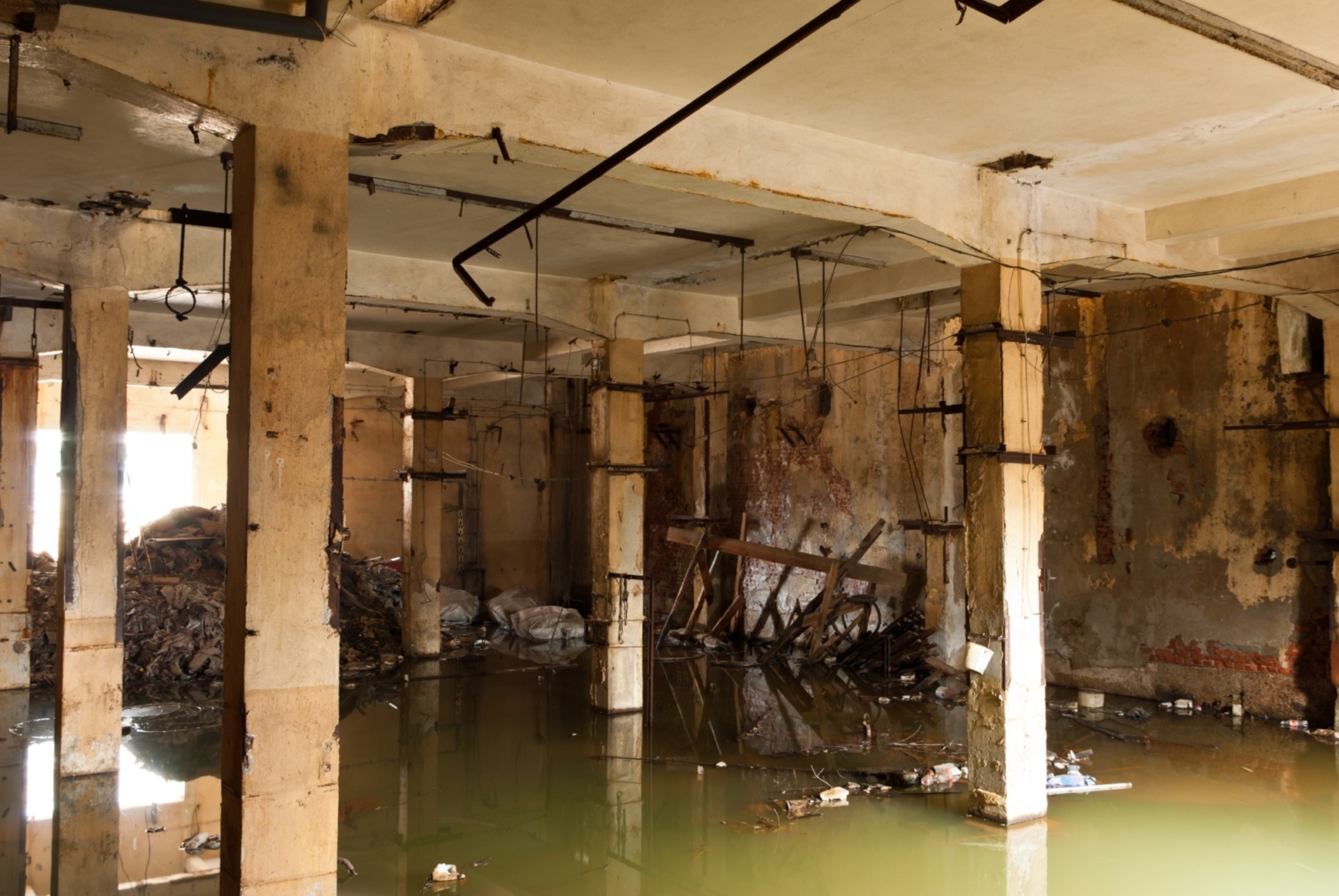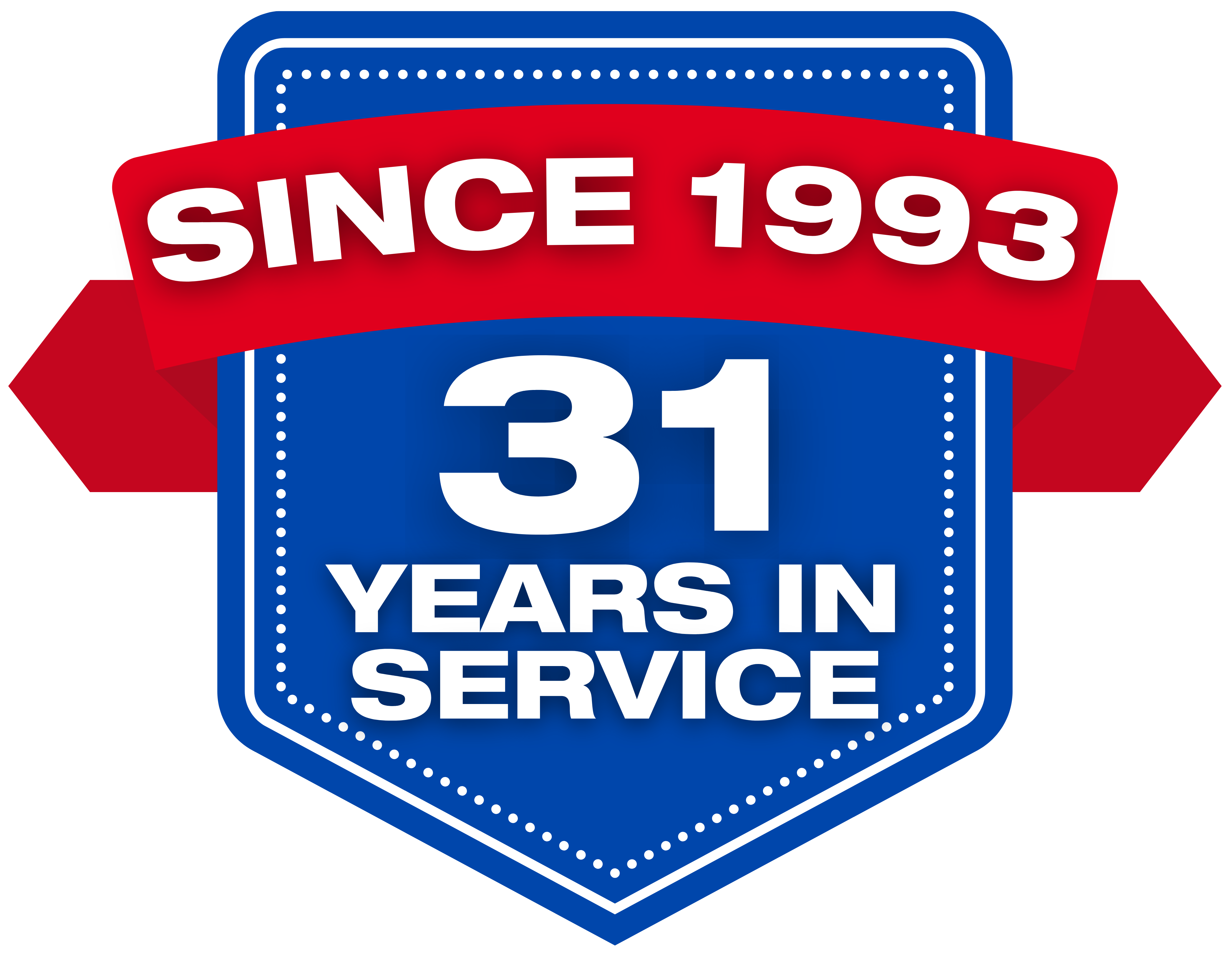Is it Safe to Stay in a House with Sewage Backup?

Sewage backup in a home or business is not only unpleasant but also poses serious health risks to occupants. When confronted with sewage backup, the concern arises regarding whether it's safe to stay in the house or if immediate evacuation is required. The result can cause extensive damage to the property's structure and belongings, making prompt cleanup essential to prevent further deterioration. It's crucial to address sewage backup promptly and thoroughly to safeguard both the property and the health of its occupants. In this comprehensive guide, we'll explore what sewage cleanup entails, the health hazards associated with sewage backup, and whether it's safe to stay in a house with sewage backup.
Understanding Sewage Backup:
Sewage backup occurs when wastewater from toilets, sinks, and drains flows back into a home instead of being carried away by the sewer system. This can happen due to various reasons, including clogged pipes, tree root intrusion, sewer system malfunctions, heavy rainfall, or flooding. When sewage backs up into a home, it can cause extensive damage to property and pose significant health risks to occupants.
Health Hazards of Sewage Backup:
Sewage contains a variety of harmful contaminants, including bacteria, viruses, parasites, and toxic chemicals. Exposure to these contaminants can lead to a range of health problems, including gastrointestinal illnesses, skin infections, respiratory issues, and allergic reactions. In addition to the immediate health risks, sewage backup can also promote the growth of mold and mildew, which further exacerbate indoor air quality issues and pose long-term health hazards.
Sewage Cleanup Process:
Sewage cleanup is a complex and challenging process that requires specialized equipment, training, and expertise. The cleanup process typically involves the following steps:
- Assessment: A qualified sewage removal restoration professional assesses the extent of the sewage damage and develops a comprehensive cleanup plan. After assessing the sewage damage, the restoration professional will prioritize safety measures to ensure the well-being of occupants during the cleanup process. Additionally, they will provide guidance on temporary relocation options if necessary and coordinate with relevant authorities to comply with local regulations and health standards.
- Extraction: The first step in sewage cleanup is to remove standing water and sewage from the affected areas using industrial-grade pumps and vacuums. Additionally, the restoration team will initiate mold remediation procedures to address any existing mold growth or prevent its occurrence.
- Cleaning and Sanitization: All affected surfaces, including floors, walls, and furniture, are thoroughly cleaned, and sanitized to remove contaminants and prevent the spread of bacteria and pathogens.
- Drying: After the initial cleaning process, it's crucial to thoroughly dry the affected areas to prevent any lingering moisture from promoting mold growth or causing further damage to the property. Dehumidifiers and air movers are strategically placed to accelerate the drying process, effectively extracting moisture from surfaces and the surrounding air. This step is essential not only for mitigating the risk of mold but also for preserving the structural integrity of the building materials and preventing secondary issues such as warping or rotting. Additionally, thorough drying helps to eliminate any musty odors associated with sewage backup, ensuring a clean and sanitized environment for occupants.
- Restoration: Finally, any damaged materials, such as drywall, flooring, or furniture, are repaired or replaced to restore the home to its pre-loss condition, ensuring not only structural integrity but also aesthetic appeal and functionality. This meticulous residential restoration process involves skilled craftsmanship and attention to detail to ensure that every aspect of the property is restored to its former state, providing homeowners with peace of mind and a safe living environment.
Is it Safe to Stay in a House with Sewage Backup?
In most cases, it is not safe to stay in a house with sewage backup. Exposure to sewage contaminants can pose serious health risks to occupants, especially vulnerable populations such as children, the elderly, and individuals with compromised immune systems. Additionally, sewage backup can cause extensive damage to property and infrastructure, making the home uninhabitable until proper cleanup and restoration are completed.
Immediate evacuation is recommended if sewage backup occurs in a home. Occupants should avoid contact with sewage-contaminated water and surfaces, as well as minimize exposure to indoor air contaminants by opening windows and doors for ventilation. It's crucial to contact a reputable sewage cleanup and restoration company as soon as possible to assess the damage and begin cleanup efforts promptly.
Sewage backup is a serious issue that requires immediate attention and professional intervention. Due to the health hazards associated with sewage contamination, it is not safe to stay in a house with sewage backup. Prompt evacuation and cleanup are essential to protect occupants' health and prevent further damage to the property. By understanding the sewage cleanup process and taking swift action in the event of sewage backup, homeowners can safeguard their health and well-being.
Why Choose All-Clean USA for Sewage Removal
Leveraging more than 30 years of experience across various specialty projects and client demands, our rapid response teams are rigorously trained, certified, and licensed to provide emergency sewage removal services.
Dedicated to our mission, we remain available 24/7, 365 days a year to support you. When sewage threatens your residential or commercial property, rely on All-Clean USA as your dependable ally, delivering swift and efficient solutions to ensure safety and tranquility are restored. Contact us today for immediate assistance.


